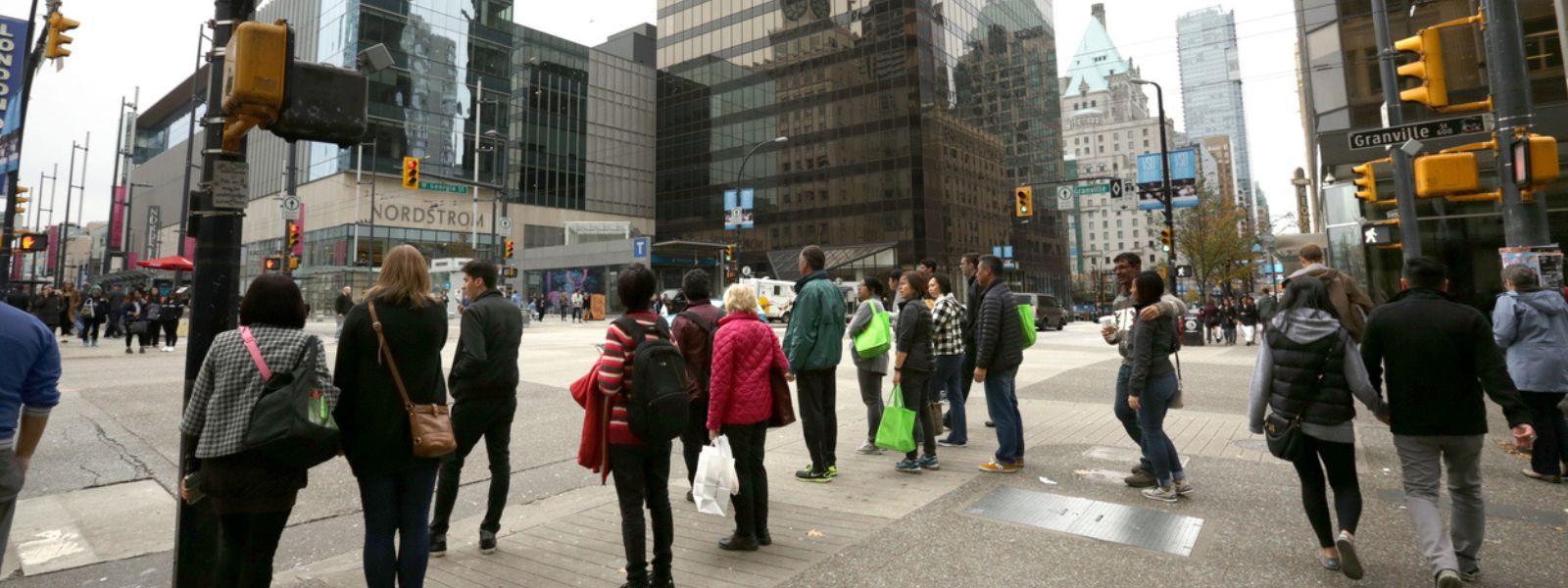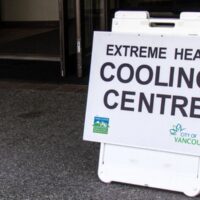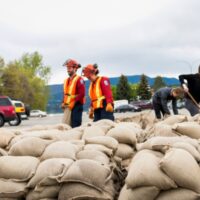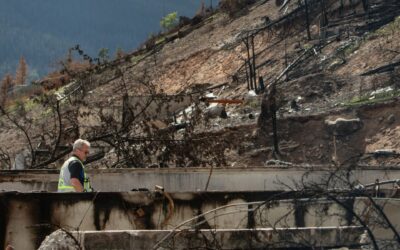What gets measured, gets managed. As climate damages mount, what are the right tools for measuring the impacts, and then creating policy to protect people in Canada from extreme weather, floods, and fire?
Some climate change impacts have high human costs in terms of death and illness, but may appear on the surface to have relatively low economic costs. The costs of health impacts from extreme heat and wildfire smoke are not easily quantified through traditional economic accounting, in contrast to the visible and tangible costs incurred to homes and highways damaged or destroyed by flooding. As a result, policy makers in Canada may prioritize adaptation actions that prevent property damage and protect infrastructure over those that protect people’s health and well-being, because the benefits of adaptation are more easily accounted for by the economic tools governments use to evaluate policy choices. This risks governments undervaluing and inadequately resourcing adaptation actions that protect life and health.
To avoid this, the concept of Value of a Statistical Life (VSL) can help put a monetary value to those risks to better inform policy decisions related to mitigating the impacts and costs of climate change.
Incorporating VSL into adaptation policy decisions is one way to address this. VSL is a measure of the economic benefit of reduced mortality and premature death, and is calculated based on how much the public is willing to pay to avoid the loss of a life. It’s a measurement that is used in many countries, including Canada, for policy decisions that need to consider risks to human life, such as health, safety, and environmental policies. For example, several countries in Europe use VSL to assess the costs and benefits of early heat warning systems and protection against river flooding. Closer to home, the Environmental Protection Agency (EPA) in the U.S. used VSL in cost-benefit analysis to assess the benefits of the Clean Air Act. By doing this, the EPA showed that the $0.5 trillion spent on regulatory compliance delivered between $5.1 and $48.9 trillion in net direct benefits from reducing health impacts and the incidences of premature death.
Not all economists and public policy researchers agree that VSL is the best way to account for the costs of premature death in policy decisions. For example, some argue that it biases decisions in favour of present generations or that it is unethical to value human lives in economic terms. VSL should not be mistaken as being equivalent to the value of a life, or the value of the emotional needs and grief of those who are suffering a loss. However, it is far better to use an imperfect measure rather than no measure at all. VSL is a useful tool that allows risks to human life from climate change-driven hazards to be explicitly considered in cost-benefit analysis for policy options. It ensures that the fact that lives are at stake is given an economic value, which may better inform policy decisions around adaptation.
Governments should use Value of a Statistical Life when evaluating the costs of climate change impacts and making adaptation decisions to prevent bias towards adaptation options that only deliver conventional economic returns. Including VSL in adaptation policy decisions can help create a deeper understanding of the true impacts and costs of climate change impacts and lay the foundation for more comprehensive adaptation policies that reduce both the economic and human costs of climate change.








